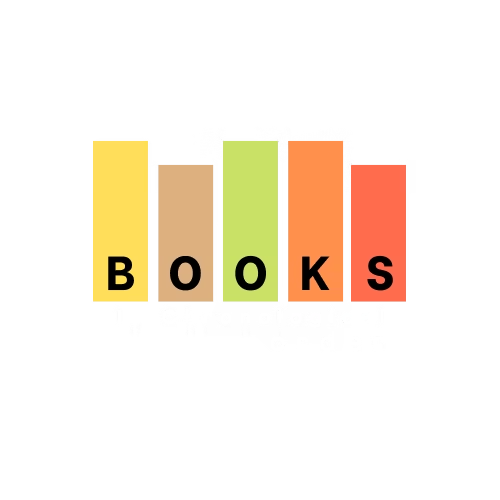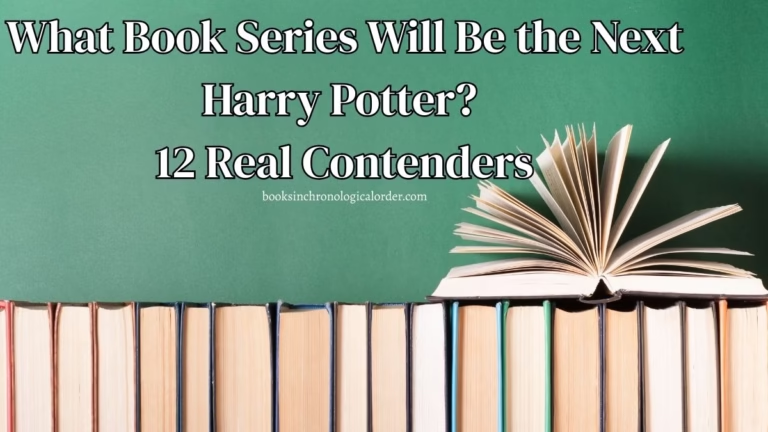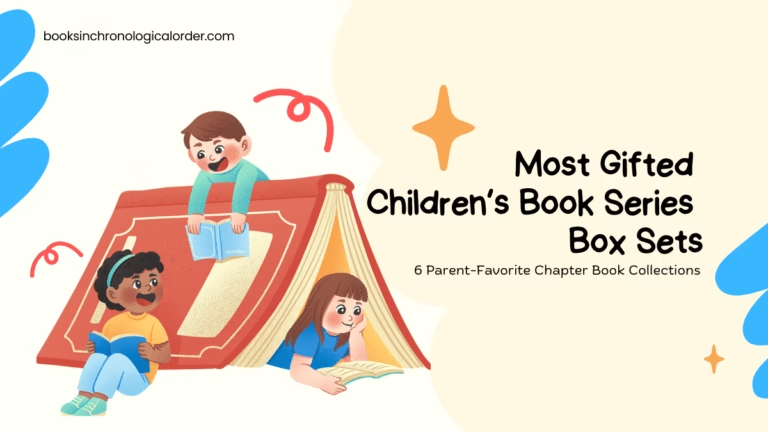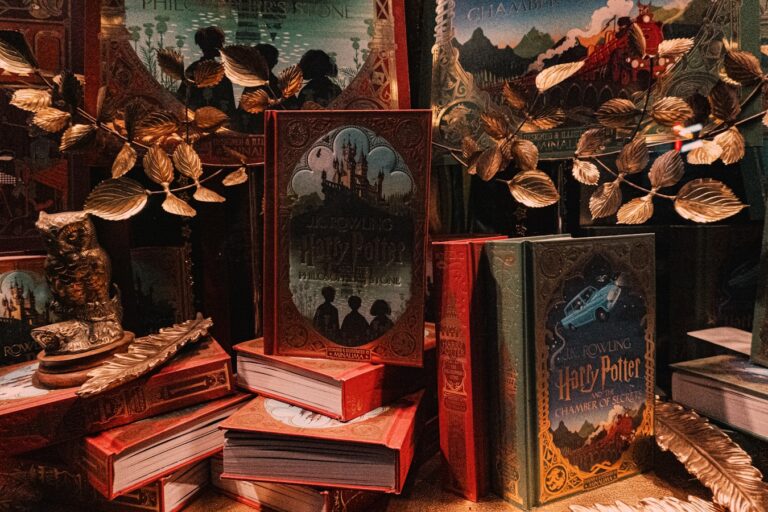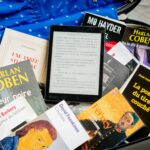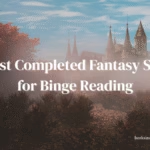Read every series in the right order

Books That Everyone Should Read At Least Once
Table of Contents
Looking for a no-fluff starter canon? This list gathers 30 books everyone should read that shape how we think, feel, and talk to each other—spanning classics, modern must-reads, YA, and children’s favorites. Each pick is spoiler-light with a one-line why-read, plus quick notes where a series reading order matters (and links to our full guides). Skim the TL;DR, pick a lane, and add a few you’ve missed—these are the stories worth reading at least once, and discussing for years.
Quick Answer (TL;DR)
- To Kill a Mockingbird — Harper Lee
- Pride and Prejudice — Jane Austen
- The Diary of a Young Girl — Anne Frank
- 1984 — George Orwell
- Animal Farm — George Orwell
- Harry Potter and the Philosopher’s/Sorcerer’s Stone — J.K. Rowling
- The Little Prince — Antoine de Saint-Exupéry
- The Great Gatsby — F. Scott Fitzgerald
- The Catcher in the Rye — J.D. Salinger
- The Lord of the Rings — J.R.R. Tolkien
- The Book Thief — Markus Zusak
- Jane Eyre — Charlotte Brontë
- Things Fall Apart — Chinua Achebe
- The Chronicles of Narnia (1–7) — C.S. Lewis
- Lord of the Flies — William Golding
- Romeo and Juliet — William Shakespeare
- Harry Potter and the Deathly Hallows — J.K. Rowling
- The Kite Runner — Khaled Hosseini
- The Giver — Lois Lowry
- The Giving Tree — Shel Silverstein
- Little Women — Louisa May Alcott
- The Hunger Games — Suzanne Collins
- Charlotte’s Web — E.B. White
- The Hobbit — J.R.R. Tolkien
- Fahrenheit 451 — Ray Bradbury
- Of Mice and Men — John Steinbeck
- Green Eggs and Ham — Dr. Seuss
- Harry Potter and the Prisoner of Azkaban — J.K. Rowling
- Wuthering Heights — Emily Brontë
- The Picture of Dorian Gray — Oscar Wilde
How we chose (and how to use this list)
We prioritized books that (1) shape how we see the world, (2) reward re-reading at different ages, and (3) invite discussion. Use it three ways: as a personal canon, a classroom companion, or a family reading roadmap. When a title is part of a series, we include a short Reading Order Note and (where relevant) point to our detailed guides.
30 Books Everyone Should Read
1) To Kill a Mockingbird — Harper Lee
Big idea: moral courage and empathy in the face of prejudice.
Why read it: Scout’s voice makes heavy themes accessible; Atticus remains a touchstone for integrity.
Pairs with: The Hate U Give for a modern dialogue.
2) Pride and Prejudice — Jane Austen
Big idea: wit, class, and the perils of first impressions.
Why read it: it’s sparkling social commentary disguised as a romance; still laugh-out-loud sharp.
Tip: annotate for irony—you’ll catch more on a reread.
3) The Diary of a Young Girl — Anne Frank
Big idea: hope and humanity during horror.
Why read it: a teenager’s unfiltered insight; it personalizes history more than any textbook can.
4) 1984 — George Orwell
Big idea: language as control; privacy vs. power.
Why read it: chillingly current; teaches skepticism toward slogans and doublespeak.
5) Animal Farm — George Orwell
Big idea: how revolutions corrupt.
Why read it: a slim fable with wide reach; perfect gateway to political allegory.
6) Harry Potter and the Philosopher’s/Sorcerer’s Stone — J.K. Rowling
Big idea: found family, courage, wonder.
Reading Order Note: start here; see our Harry Potter reading order for the whole series.
7) The Little Prince — Antoine de Saint-Exupéry
Big idea: seeing with the heart, not the eyes.
Why read it: equally wise for kids and adults; deceptively simple, quietly profound.
8) The Great Gatsby — F. Scott Fitzgerald
Big idea: dreams, illusions, and the cost of reinvention.
Why read it: lyrical prose; a perfect novel to discuss symbolism and unreliable narration.
9) The Catcher in the Rye — J.D. Salinger
Big idea: alienation and authenticity.
Why read it: holds a mirror to adolescent angst; sparks strong reactions (that’s the point).
10) The Lord of the Rings — J.R.R. Tolkien
Big idea: friendship, sacrifice, the long defeat.
Reading Order Note: many start with The Hobbit (#24), then the trilogy in publication order (see our LOTR order guide).
11) The Book Thief — Markus Zusak
Big idea: the power of words—good and ill.
Why read it: Death as narrator shouldn’t work; it does, beautifully.
12) Jane Eyre — Charlotte Brontë
Big idea: autonomy and moral resilience.
Why read it: a Gothic page-turner + proto-feminist spine.
13) Things Fall Apart — Chinua Achebe
Big idea: tradition, masculinity, and the shock of colonialism.
Why read it: a foundational African novel that centers Igbo life before and during British rule—empathetic, concise, and endlessly discussable.
14) The Chronicles of Narnia (1–7) — C.S. Lewis
Big idea: wonder, courage, and moral choice.
Reading Order Note: most readers prefer publication order for first reads (see our Narnia order guide).
15) Lord of the Flies — William Golding
Big idea: civilization’s thin veneer.
Why read it: unsettling, memorable, and discussion-ready.
16) Romeo and Juliet — William Shakespeare
Big idea: speed, passion, and the fallout of feuds.
Why read it: the language! Read aloud; it sings.
17) Harry Potter and the Deathly Hallows — J.K. Rowling
Big idea: grief, loyalty, and choosing what’s right.
Reading Order Note: book 7—finish here after the full series.
18) The Kite Runner — Khaled Hosseini
Big idea: guilt, redemption, and the ties that bind.
Why read it: humanizes headlines; powerful on empathy.
19) The Giver — Lois Lowry
Big idea: memory, choice, and what makes a life full.
Reading Order Note: first in a quartet—Gathering Blue, Messenger, Son expand the world.
20) The Giving Tree — Shel Silverstein
Big idea: selflessness and boundaries.
Why read it: read with kids, then debate as adults; interpretations evolve with you.
21) Little Women — Louisa May Alcott
Big idea: family, vocation, and becoming.
Why read it: warm and wise; Jo’s ambition still inspires.
22) The Hunger Games — Suzanne Collins
Big idea: spectacle, resistance, and media manipulation.
Reading Order Note: trilogy order: The Hunger Games → Catching Fire → Mockingjay (+ prequel The Ballad of Songbirds and Snakes).
23) Charlotte’s Web — E.B. White
Big idea: friendship and the cycle of life.
Why read it: tender and truthful; a family favorite.
24) The Hobbit — J.R.R. Tolkien
Big idea: reluctant bravery.
Reading Order Note: excellent on its own; also a friendly on-ramp to LOTR (#10).
25) Fahrenheit 451 — Ray Bradbury
Big idea: distraction vs. attention; why stories matter.
Why read it: eerily prescient about screens and speed.
26) Of Mice and Men — John Steinbeck
Big idea: dreams, dignity, and mercy.
Why read it: short, devastating, classroom-tested.
27) Green Eggs and Ham — Dr. Seuss
Big idea: try before “no.”
Why read it: playful rhythm + growth mindset for the littles.
28) Harry Potter and the Prisoner of Azkaban — J.K. Rowling
Big idea: fear, identity, and chosen family.
Reading Order Note: book 3; often cited as the series’ tonal pivot.
29) Wuthering Heights — Emily Brontë
Big idea: passion, revenge, and the moors as mood.
Why read it: messy, haunting, and unlike any other classic.
30) The Picture of Dorian Gray — Oscar Wilde
Big idea: beauty, corruption, and the self we hide.
Why read it: aphorisms for days; morality tale with bite.
Starter paths (choose your adventure)
- The “Core Classics” lane (10 books): To Kill a Mockingbird, Pride and Prejudice, 1984, Animal Farm, The Great Gatsby, Jane Eyre, Wuthering Heights, Of Mice and Men, Fahrenheit 451, Romeo and Juliet.
- Family-Friendly lane (read aloud): Charlotte’s Web, The Little Prince, The Giving Tree, Green Eggs and Ham, The Hobbit.
- Dystopia & Debate lane: 1984, Fahrenheit 451, The Giver, The Hunger Games, Lord of the Flies.
Reading order notes for series on this list
- The Lord of the Rings / The Hobbit: most readers go The Hobbit → LOTR in publication order.
- The Chronicles of Narnia: we recommend publication order for first-timers.
- Harry Potter: read books 1–7 in order; Prisoner of Azkaban is #3, Deathly Hallows is #7.
- The Giver Quartet and The Hunger Games Trilogy: follow publication order.
(For detailed, spoiler-safe step-by-steps, see our series guides on the site.)
FAQs About The Books Everyone Should Read
What makes a book “everyone should read”?
A mix of cultural impact, thematic depth, and timeless readability—plus the power to spark conversation.
Is this list good for teens?
Mostly, yes. For younger readers, start with the Family-Friendly lane and add titles like Mockingbird or The Giver when ready.
Where should I begin if I’m overwhelmed?
Pick one from each lane: a classic (Mockingbird), a modern (Book Thief or Kite Runner), and a children’s favorite (Charlotte’s Web).
Do I have to read series in order?
Yes—especially Harry Potter, LOTR, Narnia, The Hunger Games, and The Giver cycle. Our guides make it easy.
Wrapping Up: Over to You
Whether you came for a single classic or a full TBR refresh, the point is the same: pick a book that challenges you now—and one that will meet you differently on a reread. For series on this list, start with our spoiler-safe guides (Harry Potter, The Lord of the Rings, Narnia, The Hunger Games, The Giver) to read each one in perfect order.
What did we miss—or what changed your mind on a reread? Drop your picks in the comments and pass this list to a friend who needs their next great book.
